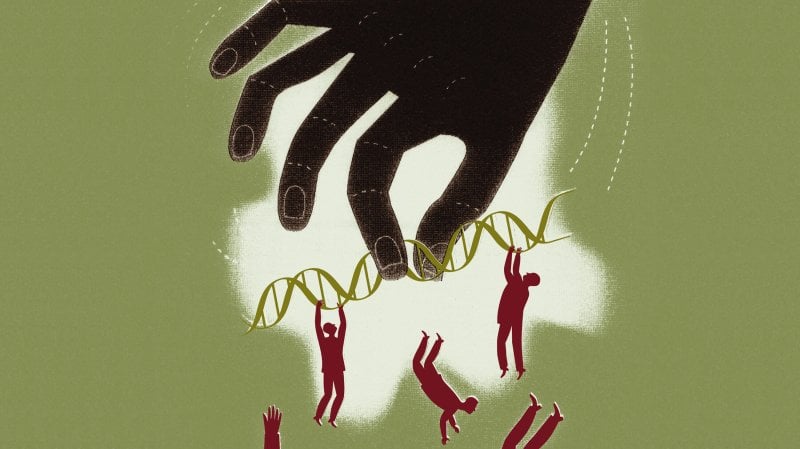In 2013, scientists discovered a new way to precisely edit genes — technology called Crispr…
One of the more intriguing ideas came from Kevin M. Esvelt and his colleagues at Harvard University: Crispr, they suggested, could be used to save endangered wildlife from extinction by implanting a fertility-reducing gene in invasive animals — a so-called gene drive.
…
They created a detailed mathematical model describing what happens following the release of Crispr-altered organisms. And they discovered an unacceptable risk: Altered genes might spread to places where the species isn’t invasive at all, but a well-established part of the ecosystem.
…
The National Academy of Sciences released a report on gene drives in 2016. While experts recognized a number of potential risks, they endorsed more research — possibly including “highly controlled field trials.”
…
The model revealed that a gene drive would be remarkably aggressive. It would take relatively few engineered organisms to spread a new gene through much of a population. “It only takes a handful,” said Dr. Esvelt.
That aggressiveness might be good for eradicating an invasive weasel that couldn’t be stopped by poison baits or hunting. But if a few engineered weasels managed to escape the local environment — or were intentionally taken somewhere else — they could easily spread the gene drive throughout the weasel’s native habitat.
That may well mean that experiments in the real world are just too risky right now.
The GLP aggregated and excerpted this blog/article to reflect the diversity of news, opinion, and analysis. Read full, original post: ‘Gene Drives’ Are Too Risky for Field Trials, Scientists Say
































